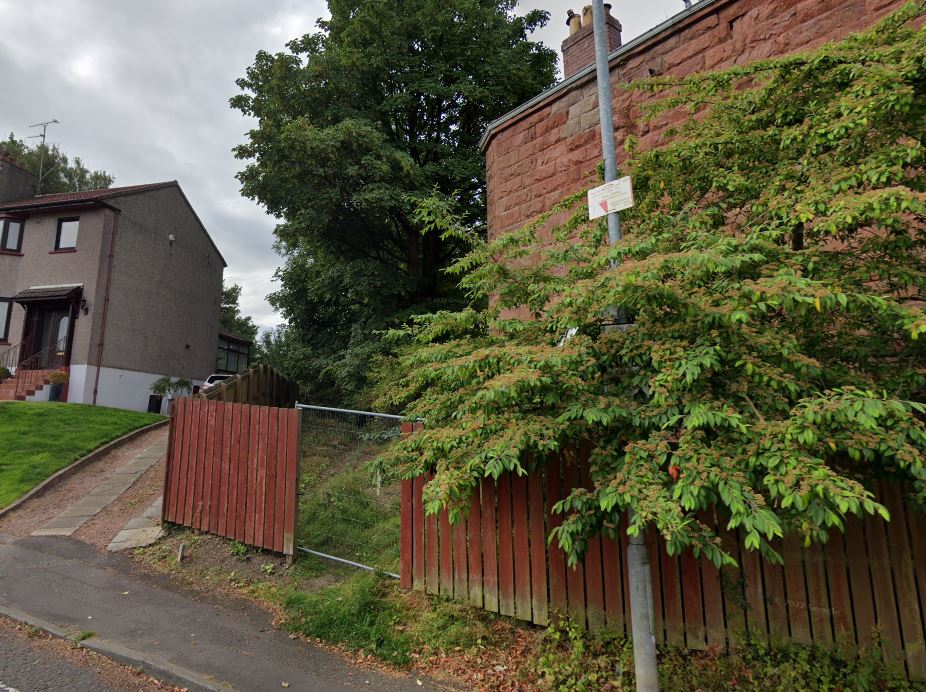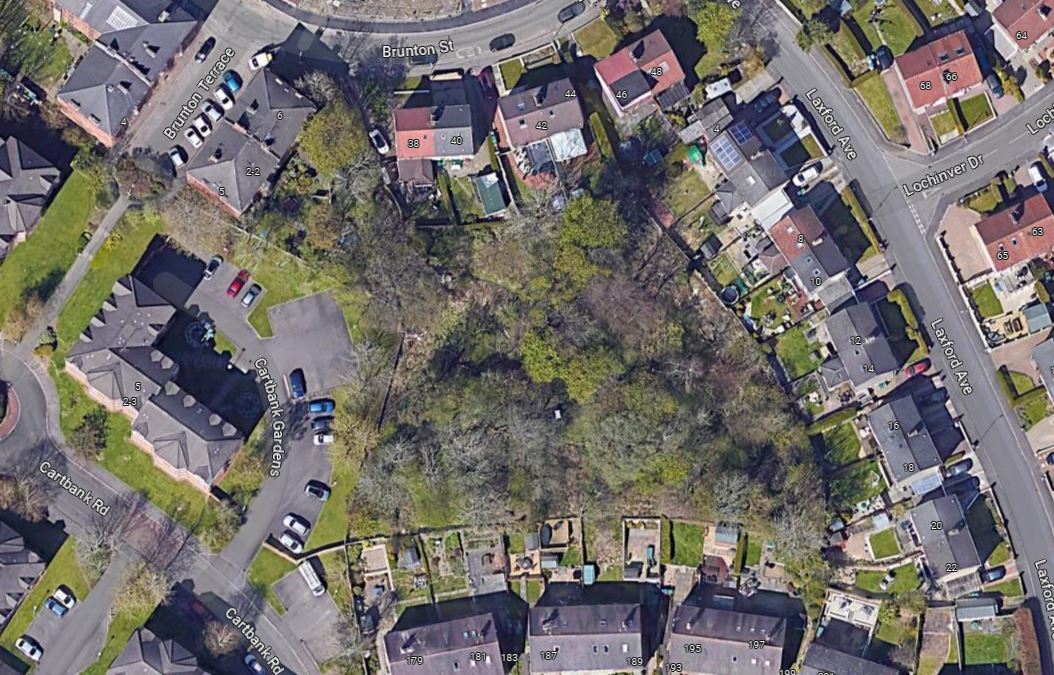Self builder told to pay £97k 'compensation' for woodland home under Section 75
Self builder argues the fee is "unreasonable", that lenders won't loan with the Section 75 in place, and claims the amount means his project is no longer feasible

A self builder in Scotland has been instructed by his local council to pay £97,000 in compensation to build a home on greenspace surrounded by woodland.
The matter surrounds a Section 75 planning obligation, which promises compensation to be given to the council for the loss of public land.
Matt Bridgestock in Cathcart, Glasgow, is contesting the sum, claiming that the compensation will mean his self build project will no longer be feasible and that the amount is not reasonable. He adds that the sum also means no lender will loan against with the Section 75 in place making it impossible for him to fund his build.
What is a Section 75 planning obligation?
A Section 75 agreement, also known as a planning obligation, is a contractual arrangement between a landowner and the local council as part of the planning application process.
Section 75 agreements are part of the Town and Country Planning (Scotland) Act 1997 and are broadly equivalent to “Section 106 agreements” in England and Wales.
The agreement imposes restrictions on land use and/or regulates activities related to the development of the land. It may also require the landowner to make a financial contribution to the council, which must be used for specific purposes outlined in the Section 75 agreement.
These agreements normally, but not exclusively, are involved in large-scale development, but can also apply to the construction of a single dwelling or commercial property.
Bring your dream home to life with expert advice, how to guides and design inspiration. Sign up for our newsletter and get two free tickets to a Homebuilding & Renovating Show near you.
Once the agreement is in effect, it is registered against the landowner's property title. The Section 75 agreement will only be discharged upon payment of the financial contribution or fulfilment of the planning conditions.
What does the self builder want to build?
Mr Bridgestock submitted plans in 2020 for a four-bedroom home on the 3,455 m2 plot. The planning permission application was initially refused but it was allowed on appeal with the addition of the Section 75 planning obligation.
The house will have two-storeys with a balcony.

Why is the compensation so high?
Due to the plans submitted, the council stated that public access to the site would be eliminated or restricted due to its transformation into a residential area.
Glasgow Council stated: "The contribution for a publicly accessible open space is calculated at a rate of £300,000 per hectare (ha). In the case of this particular site, the calculation takes into account the conversion of woodland to private garden space, resulting in a loss of 3455 square meters (0.34 ha). Based on this calculation, compensation in the range of £100,000 would be required."
The council further explained that after the appeal and subsequent negotiations concerning the obligation, the amount was reduced to £97,860. This adjustment was made to account for the exclusion of the access road from the calculation.
Self builder contests sum calling it 'excessive'
Matt Bridgestock is contesting the sum and is seeking to instead pay £21,000 in order to build his self build home instead of the £97,860 the council is seeking.
The architect representing Mr Bridgestock attempted to persuade the council to reconsider the planning obligation, asserting that the financial demand was "excessive" and "unreasonable," jeopardising the feasibility of the development. This was rejected as the council claim this amount is necessary compensation for the loss of the open space on the site.
A statement filed on behalf of Mr Bridgestock indicated that securing a self build mortgage is impossible when a Section 75 obligation is in place, creating a significant cash flow problem. Consequently, an appeal has been lodged with the Scottish Government to challenge the requirement to pay the specified amount.
In the appeal statement, it was argued that no other recent applications have incurred a Section 75 contribution exceeding £3,400 per dwelling and that the contribution demanded does not reasonably correspond to the scale of the single-dwelling project. The agent for Mr Bridgestock also asserted that the council's claim that all greenspace would be lost due to the development is incorrect.
The agent clarified that only 700 square meters would be occupied by the house and garden, necessitating a revised contribution of £21,000. The statement further highlighted that 2,346 square meters of woodland would be protected as it falls under a tree preservation order, and the land, which has been inaccessible to the public for years, would remain private.
Council claims 'lack of understanding' by claimant
A Glasgow City Council spokesman told Homebuilding & Renovating the planning application for the plot was made for a protected "Open Space".
The planning application was originally refused in April 2021 due to the "proposed loss of protected open space, subsequent biodiversity impacts, mainly the loss of wildlife habitats and 18 trees".
This decision was appealed by the applicant and was successful, but only under "certain conditions and a Section 75 Agreement" which required payment for the loss of land.
The justification for the £97,860 compensation was that the "council’s guidance outlines a compensatory rate of £300,000 per hectare" and that the "guidance is clear" that the "total loss of space that must be compensated, not part of it" rejecting the claim that the property would only affect a section of the land.
Glasgow Council clarified the appeal is currently being considered by Scottish Ministers.

News Editor Joseph has previously written for Today’s Media and Chambers & Partners, focusing on news for conveyancers and industry professionals. Joseph has just started his own self build project, building his own home on his family’s farm with planning permission for a timber frame, three-bedroom house in a one-acre field. The foundation work has already begun and he hopes to have the home built in the next year. Prior to this he renovated his family's home as well as doing several DIY projects, including installing a shower, building sheds, and livestock fences and shelters for the farm’s animals. Outside of homebuilding, Joseph loves rugby and has written for Rugby World, the world’s largest rugby magazine.
